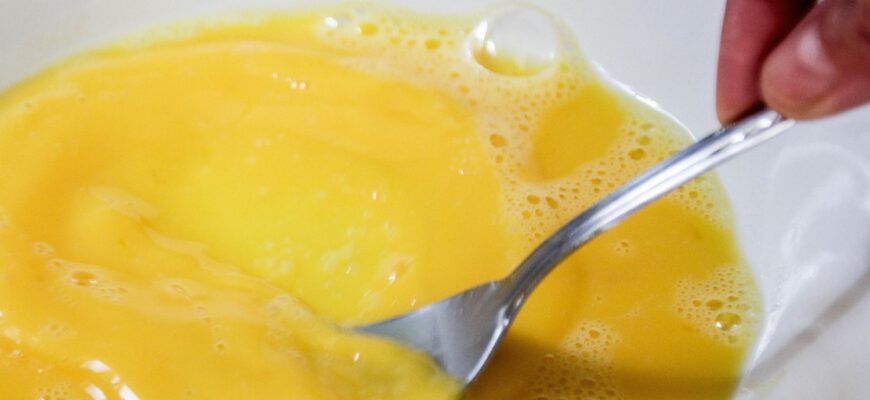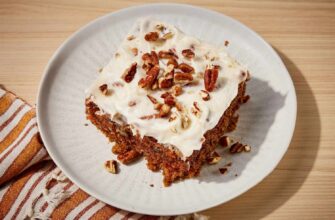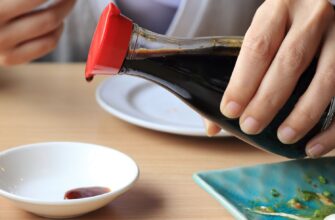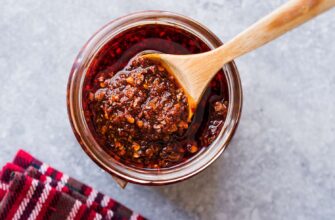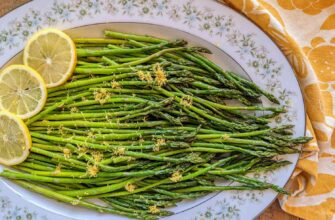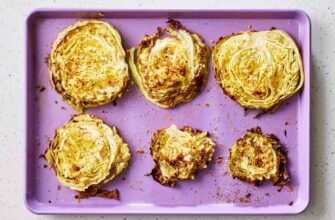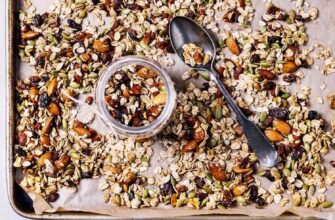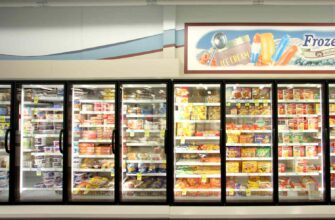Close
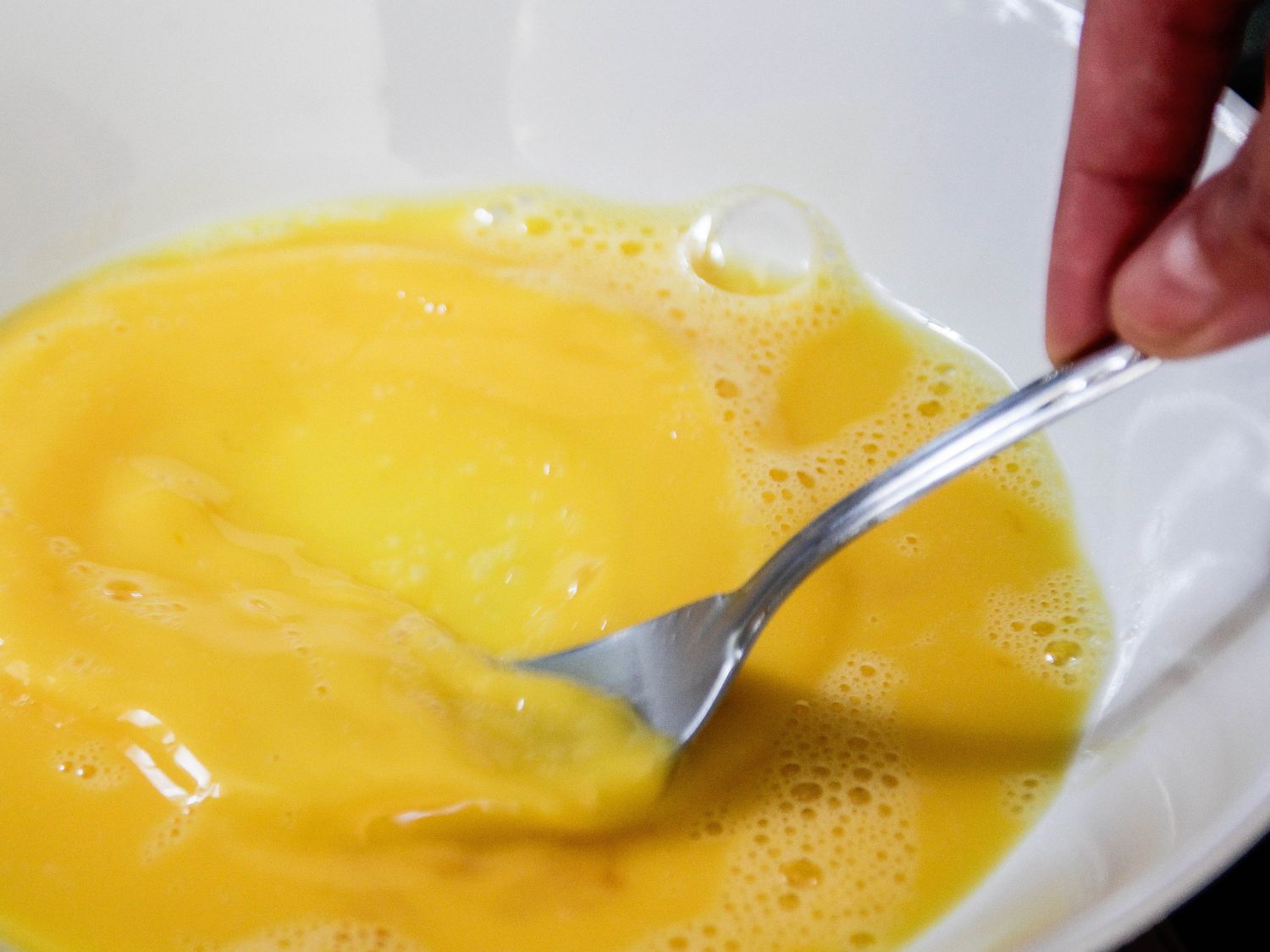
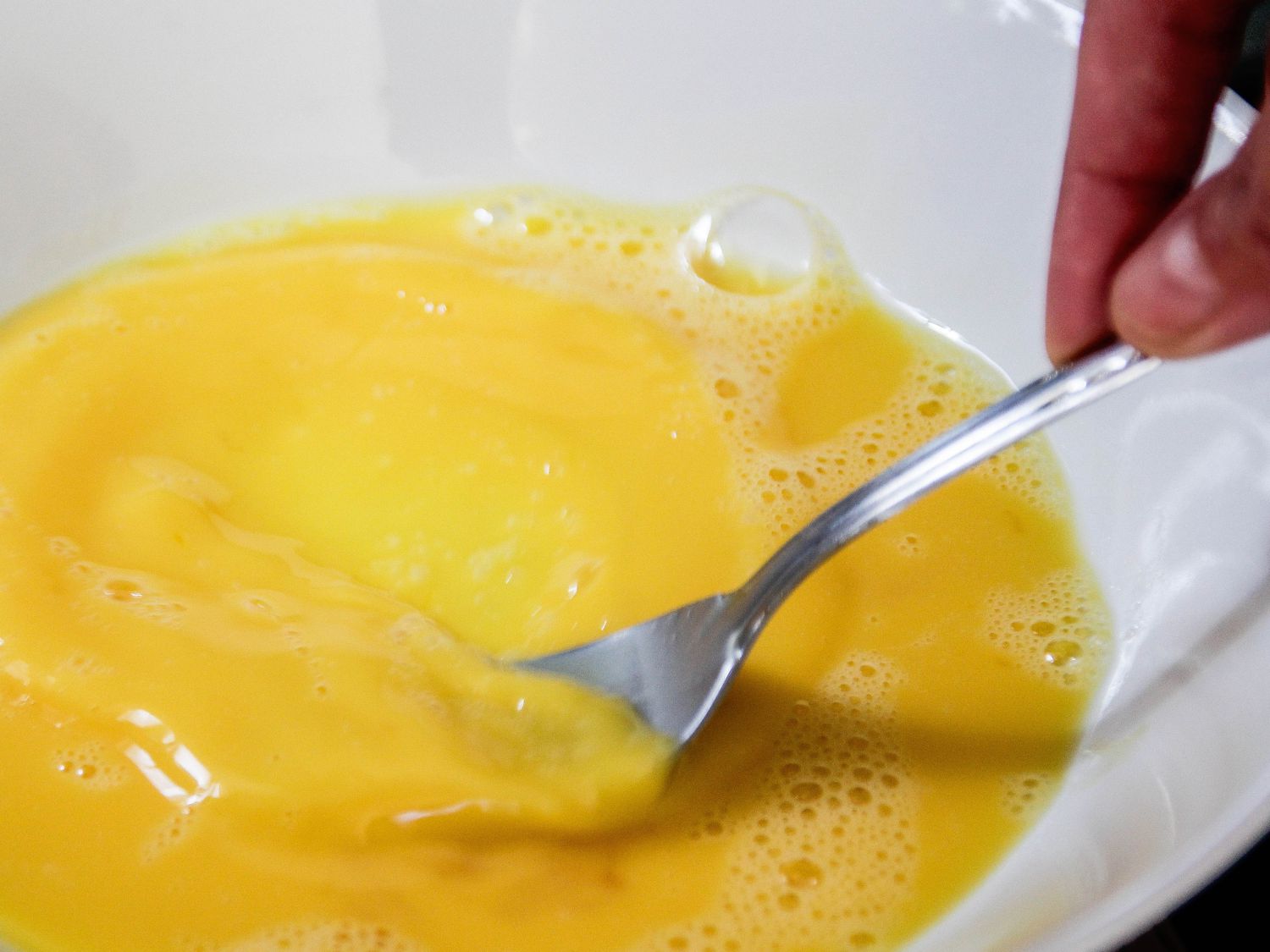
Photo:
Getty Images
While most people are used to buying shell-on eggs, you’ve probably noticed cartons of Egg Beaters stocked in the same grocery store aisle. There are several varieties of these pasteurized eggs available, including whole eggs, egg whites, and types with spices or veggies added. If you’ve ever wondered about Egg Beaters and how to use them, read on for the full scoop.
What Are Egg Beaters?
Original Egg Beaters contain 99 percent egg whites, according to the product’s website. The other 1 percent includes natural color, vitamins, and minerals designed to mimic the nutrition of whole eggs, as well as thickening agents (xanthan gum and guar gum) to help the texture replicate regular scrambled eggs. Most people enjoy Egg Beaters because they have the flavor and texture of scrambled eggs—but with fewer calories, less fat, and less cholesterol.
Egg Beaters vs. Egg Whites
Egg Beaters has a product that is 100 percent egg whites, which are identical to egg whites from regular shelled eggs. However, a small amount of color, thickeners, and vitamins are added. The egg whites used to make Egg Beaters are double-pasteurized, meaning that while they are still raw, they have been lightly heat-treated to kill harmful bacteria. Some eggs sold in grocery stores are pasteurized, but not all of them. If you’re concerned about bacteria or have health conditions that prevent you from eating unpasteurized eggs, Egg Beaters are a great alternative.
Why Are Egg Beaters Yellow?
Since Egg Beaters don’t contain yolks, beta-carotene is added to the product to give it a yellow color, mimicking the natural shade of scrambled eggs, according to the product’s website. Beta-carotene is a flavorless natural pigment found in many fruits and vegetables, such as carrots.
Can You Substitute Egg Beaters for Regular Eggs?
Egg Beaters work best in dishes that call for scrambled eggs. Use them in homemade breakfast burritos, Saturday morning omelets, or for breading chicken cutlets. However, they can be a tricky egg substitute in baking, where recipes generally call for whole eggs. Egg Beaters, which only contain whites, lack the fat that whole eggs provide. Using egg whites reduces fat, cholesterol, and calories, so if you’re on a diet that restricts any of these nutrients, substituting egg whites might benefit you.
If your recipe calls for just egg whites, like in angel food cake, Egg Beaters 100 percent egg whites will work in place of shelled eggs (just use 1/4 cup Egg Beaters per one large egg). Depending on the recipe, the flavor and texture of the finished product might not be the same, though, due to the small amount of vitamins and stabilizers added to the product. Also, since Egg Beaters are made of real eggs, they are not a suitable substitute for those with egg allergies or for people who avoid eggs due to other dietary restrictions.
How to Store and Freeze Egg Beaters
Even though Egg Beaters are pasteurized, they’re still raw and must be handled safely. The cartons have a shelf life of 120 days after they leave production. However, you should use the product within one week of opening, even if the sell-by date has not passed. Store Egg Beaters unopened in the fridge, and once you open a carton, make sure the lid is on tightly and store it on the bottom shelf.
If you want to freeze Egg Beaters for later use, you can absolutely do that—but only if they’re in their original, unopened packaging. Once opened, they are not safe to freeze. Once frozen and then thawed, make sure to use them within one week; don’t refreeze the product.
The Best Egg Carton Material, According to Food Scientists
Was this page helpful?
Thanks for your feedback!
Tell us why!
Other
Submit
